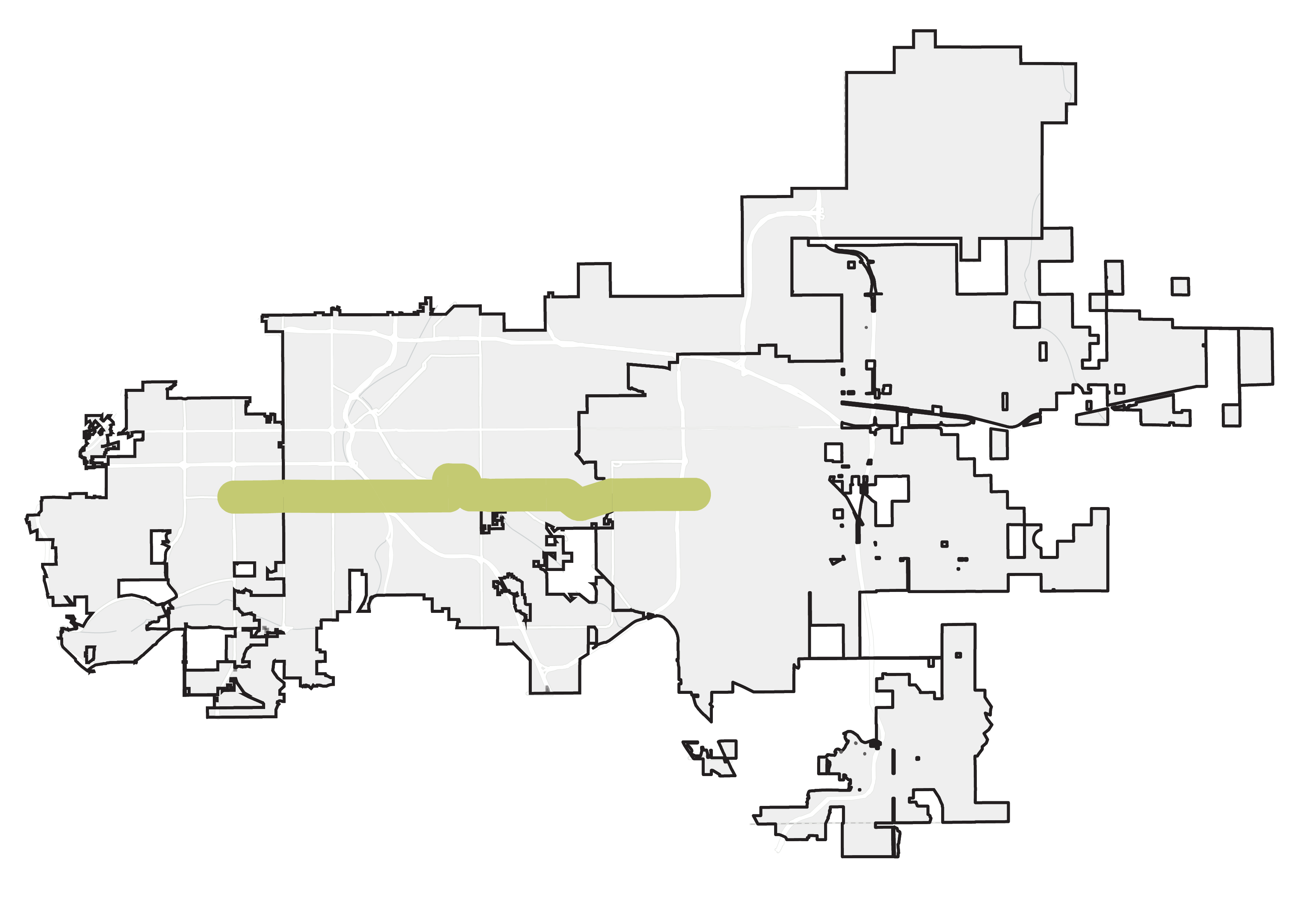Understanding Future Growth on Alameda

Student Researchers: Robin Adams
Over the last few decades, development along the 14-mile Alameda corridor in Lakewood, Denver, Glendale, and Aurora has largely been auto-oriented in nature, resulting in fragmented neighborhoods and inequitable outcomes for people that rely on transit. Today, there is momentum to respond to consistent calls from many communities and local jurisdictions to transform Alameda into a multi-modal street that welcomes pedestrians, bicyclists, and transit users as respected and honored users of the transportation system. Initiated by the Denver Regional Council of Governments, this capstone project seeks to connect transportation and land use planning to ensure a system that builds upon strengths in these communities, forwards justice and equity, and both preserves and produces affordable housing where it’s needed most. The central questions of this project relate to existing land uses along the corridor, where opportunities for redevelopment and affordable housing are and strategies to facilitate them, and where “naturally-occurring” affordable housing exists and how to protect these units as communities enter a future of improved multimodal transportation infrastructure. I explore these questions through an extensive review of existing plans, academic literature, case studies, and geospatial analysis.